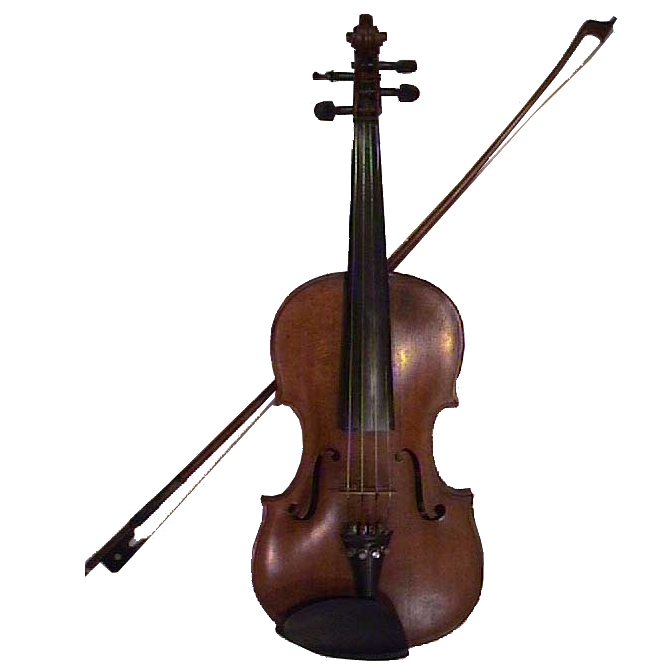Tempo
The starting tempo is specified in [Options|Playback]. Any tempo changes are relative to the set starting tempo
During playback, you can use <+> or <-> to change the tempo, as well as in the mixer.
MusiCAD expects all tempi in quarter notes per minute.
Tempo definition in quarter notes per minute is unambiguous for a computer, but not always useful for musicians. E.g. in a 6/8 time, a tempo of 120 quarter notes per minute would be 80 dotted quarter notes per minute (and that's what you 'experience' as a musician as tempo in a 6/8)
How (and whether) tempo indications appear on paper can be set in a number of places.
- In header and footer, use the macro $@ to specify that the base tempo should appear in the header.
- Font and positioning of tempi in the music can be set under [Options|Music|Tempo marks].
How and whether tempo changes are audible depends on the one hand on the starting tempo and on the other hand on the choice under [Options|Playback|Initial tempo].
Tempo changes can be inserted using the tempo menu and will be shown at a selected position (or hidden altogether by unchecking the tempo text style).
A single tempo change may be hidden using <x>.
A tempo mark might be shown within the header by using the macro $@
To get rid of tempo indication just uncheck the corresponding line in header & footer.
Standard translation between "tempo-as-name" and "tempo-in-quarternotes-per-minute" is as follows:
| term | tempo |
|---|---|
| largo | 35 |
| lento | 40 |
| grave | 50 |
| adagio | 60 |
| andante | 70 |
| largetto | 80 |
| andantino | 90 |
| moderato | 100 |
| allegretto | 120 |
| allegro | 130 |
| vivace | 150 |
| presto | 180 |
| vivacissimo | 230 |
| prestissimo | 250 |
| volante | 280 |
Some special tempo-change names are:
| term | tempo |
|---|---|
| a tempo | 100 |
| accellerando | 130 |
| rallentando | 55 |
| ritardando | 65 |
| ritenuto | 55 |
